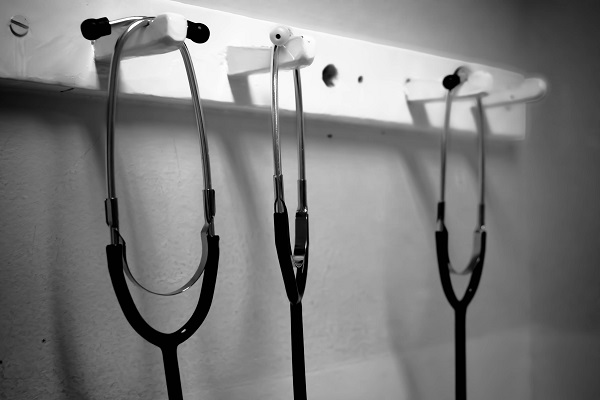During the COVID-19 pandemic, hospital staffing challenges such as sick time, overtime and the use of agency workers grew dramatically, while at the same time rates of potentially preventable harm to patients increased, according to a report released today by the Canadian Institute for Health Information (CIHI). The report,Hospital staffing and hospital harm trends throughout the pandemic,uses costing and administrative data to compare pandemic trends with pre–COVID-19 times.
Overtime and sick time use among hospital staff in Canada increased significantly in 2021–2022 compared with the previous year. Staff working on inpatient units in Canada’s hospitals logged more than 14 million hours of overtime, which equates to about 7,300 full-time positions . More than 12 million hours of sick time were also logged, which translates to a shortfall of about 6,500 full-time positions. In addition to staffing challenges, other factors that can influence hospital harms were also present during the pandemic, such as caring for sicker and more medically complex patients and adapting to infection control precautions. In 2022–2023, the pan-Canadian rate of unintentional hospital harm was 6%, the third year in a row there was an increase compared with pre-pandemic numbers. Prior to 2020, the rate had been stable at 5.4% since 2014.
“We know that the pandemic put a tremendous amount of pressure on front-line staff, and we can now start to quantify that. Nurses and other health care providers on hospital inpatient units logged a 17% increase in reported sick time and a 50% increase in overtime hours,” explains Deborah Cohen, CIHI’s director of Health Human Resources. “While there are many things that impact hospital harm rates, we know there is a link between staff well-being and patient safety.”
The data shows increases in harms that are generally associated with care provided by health professionals who work on inpatient units. These harms include where patients developed conditions such as urinary tract infections (UTIs), pressure ulcers and pneumonia.
“The COVID-19 pandemic brought to the forefront conditions that made staff retention in hospitals a challenge,” explains Canadian Nurses Association president Sylvain Brousseau. “Nurses working in the hospital sector have increasingly reported feeling moral distress when they believe they can’t care for their patients to the best of their abilities, resulting in high levels of burnout and a desire to leave the profession.”
These health workforce challenges were seen not only in hospitals but across care sectors. In 2022, Statistics Canada reported 95,800 vacant nursing, personal support worker and health care worker jobs — a record high for the industry. In the same year, the number of registered nurses (RNs) who were self-employed or working for private nursing agencies increased by 6% (867 more RNs).
“While life-threatening harm in hospitals is rare, more than 1 in 17 patients have their stay extended or treatment plans changed due to unintended harm,” explains Mélanie Josée Davidson, director of Health System Performance at CIHI. “The data released by CIHI provides a high-level picture of patient safety in Canadian acute care hospitals. It is meant to complement information — like staffing data — to help organizations find ways to further reduce potentially preventable harm by implementing evidence-based practices.”


